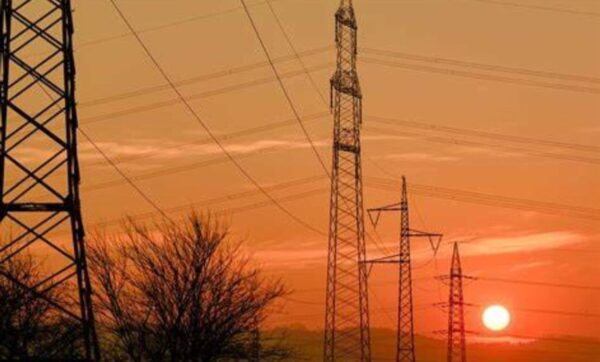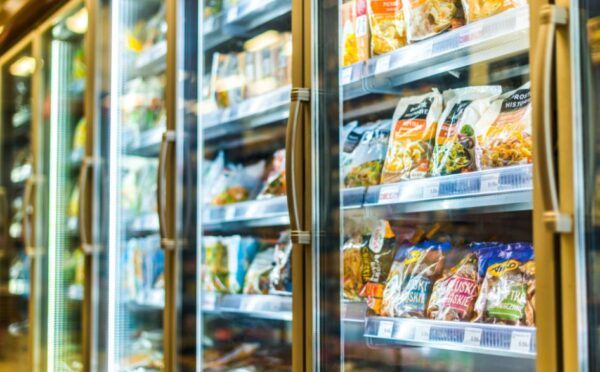Lifestyle
Follow these 3 guidelines to safely store frozen food during load shedding

Worried that the longer load-shedding hours may affect your frozen food?
Don’t be! Take these precautions to ensure that you can continue to stock up on all your favourite frozen goods.
1. Keep the refrigerator and freezer doors closed
The most basic thing you can do is to not open your fridge and freezer unnecessarily during a power cut. The Centers for Disease Control and Prevention (CDC) says that if you do this, frozen food should be safe for up to 48 hours if your freezer is full and up to 24 hours if your freezer is at half capacity.
2. Fill your freezer
An easy way to keep your freezer at full capacity is, of course, to stock up on all your favourite frozen goods! Alternatively, if you still have space in your freezer, Just Refrigeration recommends filling empty juice or milk jugs with water and keeping them in the freezer. These frozen blocks will help keep the temperature colder. You can also freeze items that you would normally store in your refrigerator, such as milk or leftover food, to extend their shelf life.
3. Check the freezer temperature
The freezer temperature should always be around –17.78°C. If your freezer doesn’t come with a thermometer, it’s a good idea to buy one a separate one to keep in the freezer. If the freezer temperature doesn’t drop below –17.78°C, you leave the food to refreeze. If you don’t have a thermometer, check whether the food still contains ice crystals – if it does, you can also refreeze it or leave it to thaw completely before cooking.










